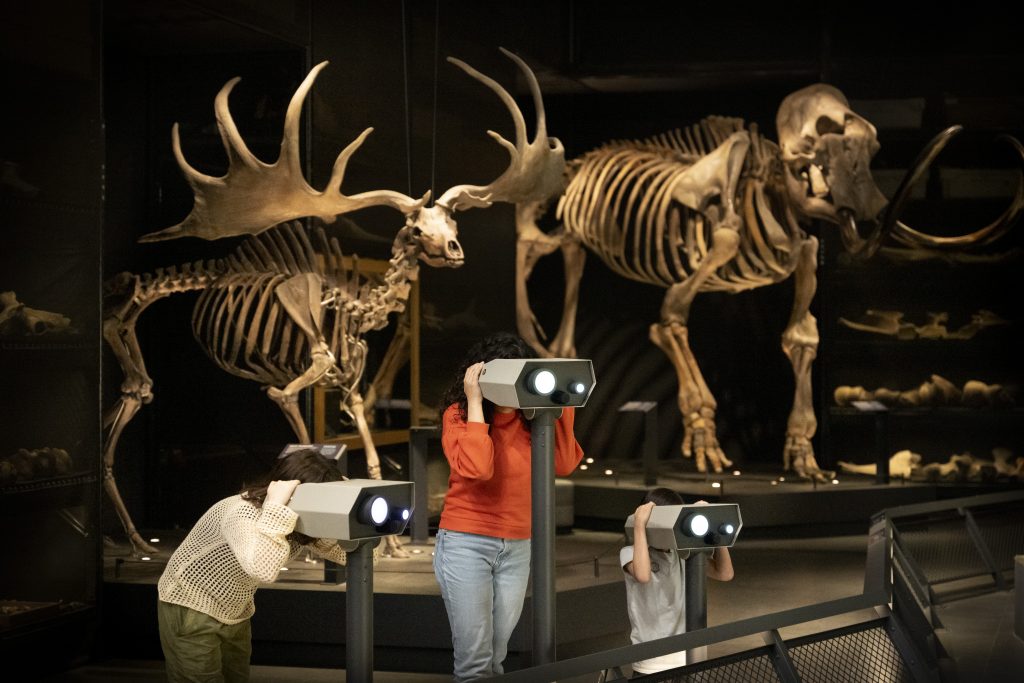Making sense of fossils and artefacts: a review of best practices for the design of a successful workflow for machine learning-assisted citizen science projects
Historically, the extensive involvement of citizen scientists in palaeontology and archaeology has resulted in many discoveries and insights. More recently, machine learning has emerged as a broadly applicable tool for analysing large datasets of fossils and artefacts. In the digital age, citizen science (CS) and machine learning (ML) prove to be mutually beneficial, and a combined CS-ML approach is increasingly successful in areas such as biodiversity research.
“With smartphones in every pocket and with increasing collection digitisation efforts, more and more natural history data becomes available and the CS-ML approach provides an excellent opportunity to collect, validate and analyse those datasets.”
For All Readers - AI Explainer
- Identifying patterns in large datasets of fossils and artefacts.
- Automating classification tasks, reducing the burden on researchers.
- Improving data accuracy through AI-assisted validation.
- Enhancing public engagement, making discoveries more accessible to non-experts.
- Specific legislation on archaeological and palaeontological finds may differ between different countries and regions and need to be taken into account when setting up a project
- Fossils and artefacts require different classification methods than living organisms.
- The quality and consistency of citizen-collected data can vary.
- Many ML tools are designed for image-based datasets, but fossils often require 3D analysis.
- Public participation is crucial, so user-friendly tools and engagement strategies are needed.
- Preparation – Define objectives, choose the right ML models, and engage stakeholders.
- Execution – Train volunteers, collect data, and integrate ML tools for processing.
- Implementation – Validate and analyse the data, ensuring accuracy.
- Reiteration – Refine and improve the system based on feedback and new discoveries.
- Maximise scientific discoveries from citizen-collected data.
- Reduce errors and improve data reliability using AI.
- Boost public participation, making research more inclusive and engaging.
- Expand machine learning applications in palaeontology and archaeology.

What are Article Spotlights?
Spotlighted articles are press released, and feature author interviews, AI explainers and more.
If you have published in Peer J and would like to be featured in an Article Spotlight please contact PeerJ.

